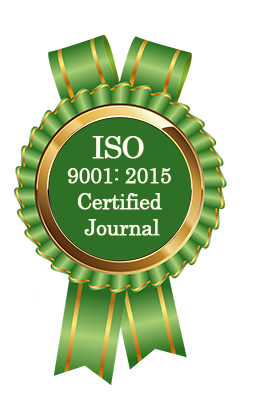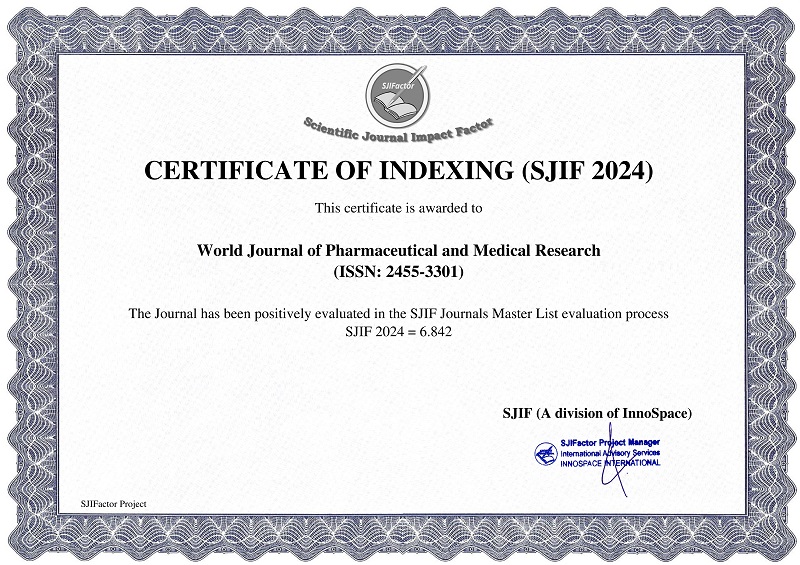POSTNATAL GROWTH RECOVERY AND BIRTH SIZE IN INFANTS WITH CONGENITAL HEART DISEASE: COMPARATIVE OUTCOMES BY LESION TYPE
Ashraf Soliman*, Anas AbulKayoum, Mohanad M. Al-Qadi, Noora Almerri, Fawzia Alyafei, Shayma Ahmed, Noora AlHumaidi, Nada Alaaraj, Noor Hamed, Doaa Yassin and Ahmed Elawwa
ABSTRACT
Background: Children with congenital heart disease (CHD) are at increased risk for impaired intrauterine growth and suboptimal postnatal growth. The heterogeneity of CHD types—ranging from simple defects like atrial septal defect (ASD) and patent foramen ovale (PFO) to complex cyanotic lesions like tetralogy of Fallot (TOF) and transposition of great arteries (TGA)—contributes to diverse nutritional and metabolic challenges during infancy. Few studies have compared postnatal growth trajectories across these CHD subtypes. Objectives: To assess birth anthropometrics and early postnatal growth (up to 1.5 years) in children with various types of CHD and to compare the patterns of somatic growth (weight and length) across different cardiac defect categories. Additionally, the effect of surgical intervention timing and gender on growth outcomes was examined. Methods: We retrospectively analyzed 82 children with CHD (ASD: 9; VSD: 15; PFO: 17; TOF: 9; TGA: 12; Other complex defects: 20). Anthropometric parameters, including weight, length, and head circumference (HC) were recorded at birth and at 1.5 years. Standard deviation scores (SDS) were calculated. Surgery status and timing were recorded. Statistical analyses included descriptive statistics, ANOVA, and Pearson correlation between growth parameters and gestational age and birth weight. All patients were followed at a tertiary pediatric cardiology center with ethical approval. Results: At birth, mean SDS for weight and length were below the population average across all CHD types, particularly in TGA and TOF groups. At 1.5 years, significant catch-up growth in weight and length was observed in ASD and PFO groups (Δ length SDS: +0.8 and +0.74, respectively), while TGA and TOF groups showed limited recovery (Δ length SDS: +0.37 and +0.29). Weight gain was significantly lower in cyanotic lesions compared to acyanotic lesions (p < 0.01). Earlier surgical correction (<3 months) was associated with better growth outcomes (p < 0.05). Female infants with complex CHD showed a trend toward lower length SDS at follow-up. Gestational age and birth weight were positively correlated with both weight and length at follow-up. Conclusion: Postnatal growth recovery varies markedly across CHD types, with acyanotic lesions (e.g., ASD, PFO) demonstrating better catch-up than cyanotic or complex defects (e.g., TOF, TGA). Early surgical correction and higher birth weight are important predictors of better somatic growth. Tailored nutritional and surgical strategies are essential to optimize growth outcomes in infants with CHD.
[Full Text Article] [Download Certificate]



